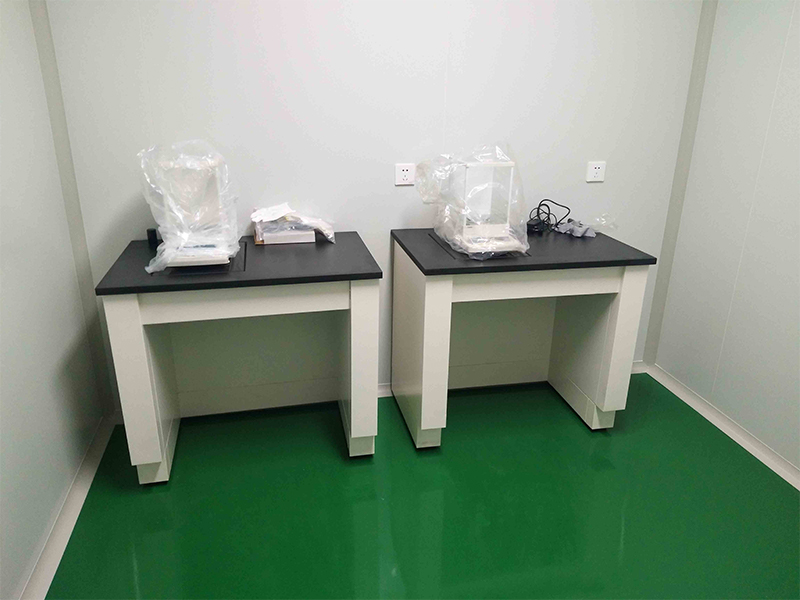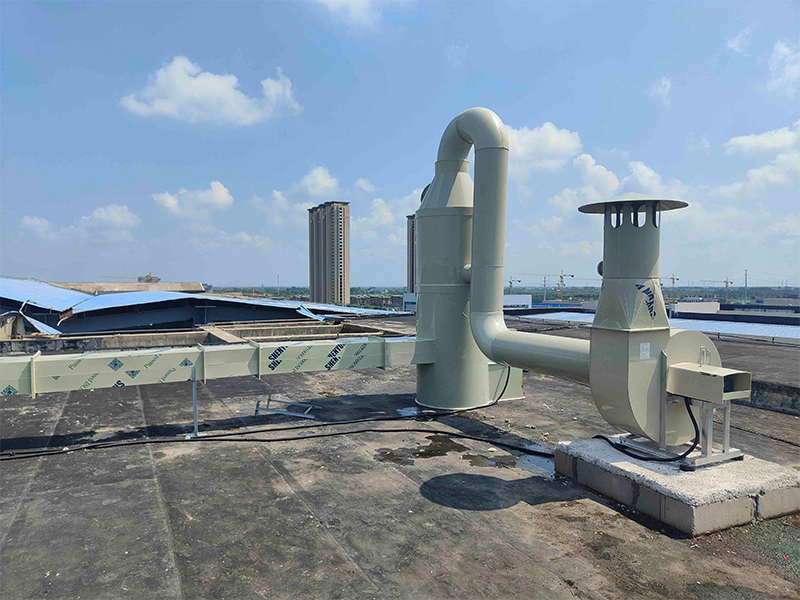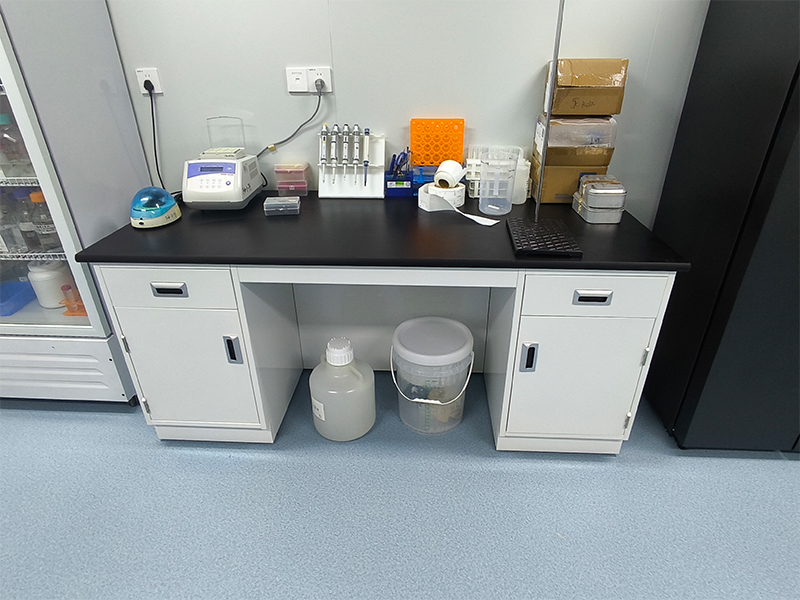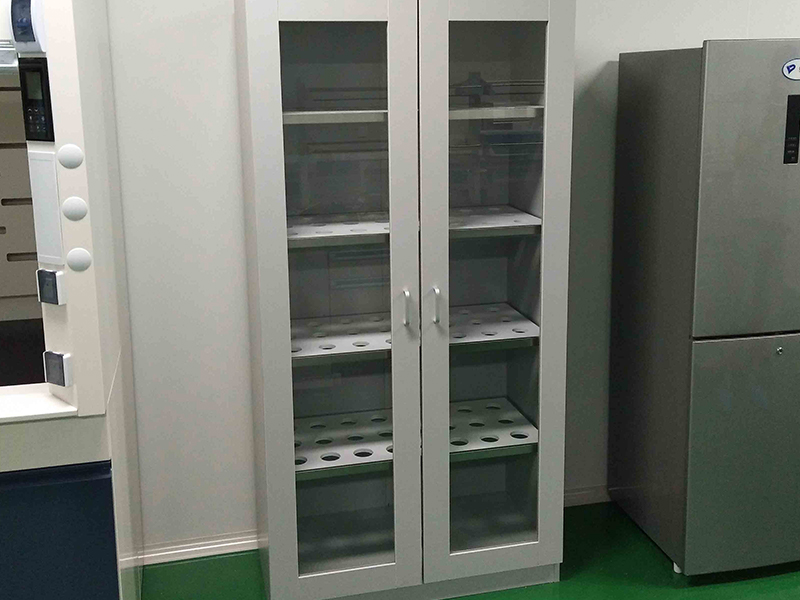Look, nobody wants to mess around with a busted lab ventilation system. Not only does it crank up your energy bill, but it also turns your lab into a potential chemical gas chamber—yeah, no thanks. So, regular TLC for your ventilation isn’t just some checklist thing, it’s serious business.
First off, set some reminders (phone alarms, sticky notes, tattoo it on your arm—whatever works) to actually check the system. Pop open those vents, peek at the fans, and see if the filters are looking gnarly. If your filters are clogged or your fans sound like a dying animal, you’re just asking for trouble. Swap filters when the manufacturer says so, and don’t let the ductwork get so dusty you could grow potatoes in there.
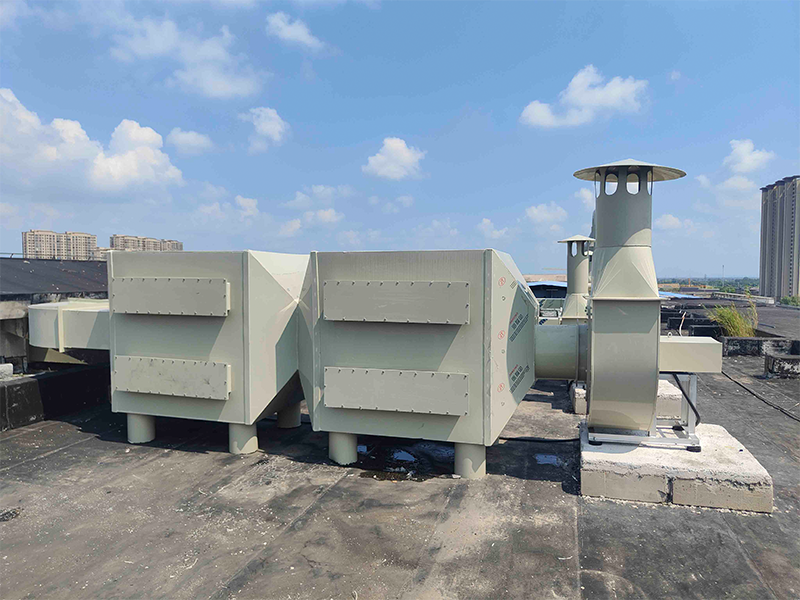
And hey, ever heard of airflow sensors? They’re kind of like fitness trackers for your vent system. Hook ‘em up, maybe tie everything into a Building Management System if you’re fancy, and you’ll know the second something’s off. Saves you from wasting energy—and from surprise toxic clouds.
Here’s another gem: don’t block the vents with your giant centrifuge or that pile of boxes you keep meaning to move. Seriously, airflow patterns are finicky; mess with them and you’re just burning money. Also, make sure everyone in the lab actually knows how to use the fume hoods and not just treat them like extra shelf space.
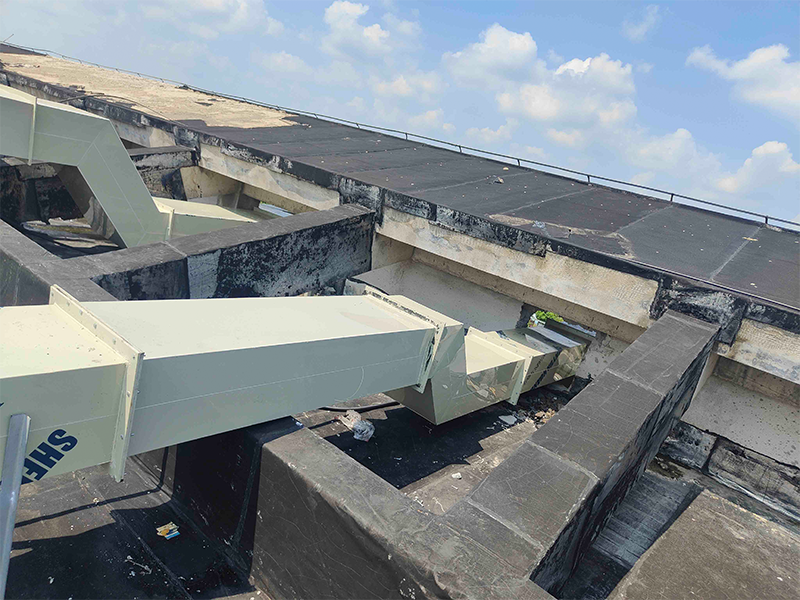
Every so often, call in the pros. They’ll balance the fans, scrub out the ducts, and generally make sure you’re not violating every safety code known to man. Well-kept systems chug along quietly, eat less electricity, and keep the safety folks off your back.
Bottom line? A little attention now means fewer headaches later. Keep the air moving, keep the bills down, and—most importantly—keep everyone breathing easy. Safe labs aren’t just about fancy gear; it’s all about the basics, and your ventilation system is the real MVP.

